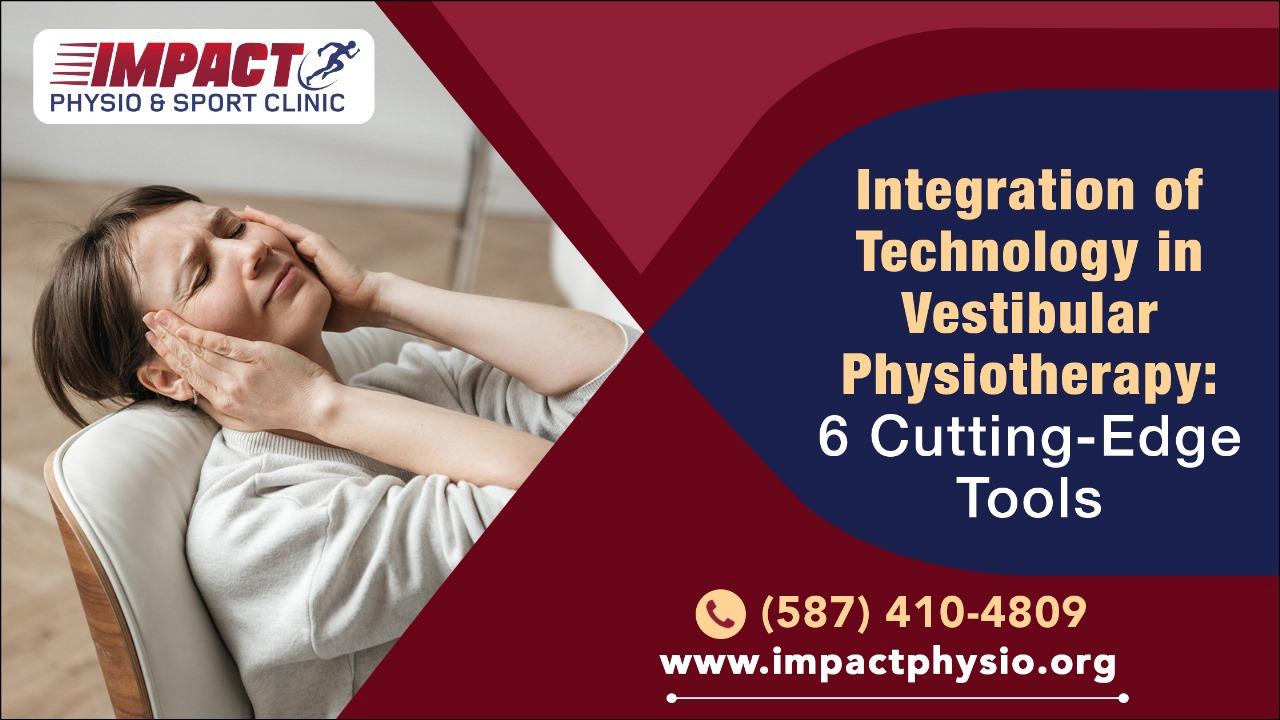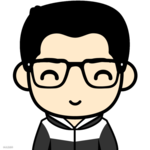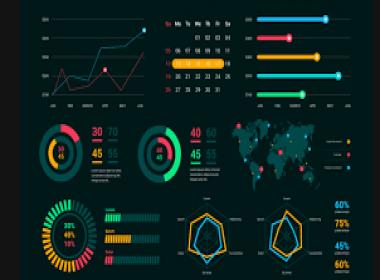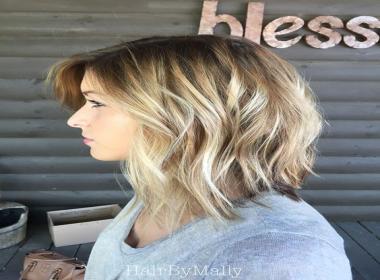
The realm of vestibular physiotherapy is witnessing a transformative phase with the integration of recent technology, enhancing the precision and effectiveness of treatments for balance and dizziness disorders. This exciting evolution is particularly evident where vestibular rehabilitation therapy and vestibular physiotherapy in Beaumont incorporate cutting-edge tools to elevate patient care. These innovative technologies are redefining the approach to diagnosing and managing vestibular conditions. From sophisticated balance platforms to virtual reality systems, the array of technological tools now available is broadening the scope of what's possible in vestibular physiotherapy.
Video Nystagmography (VNG) Systems
In-Depth Diagnostic Capability: VNG systems represent a cornerstone in the vestibular physiotherapy diagnostic process for balance and dizziness disorders. By employing high-precision cameras to track and record eye movements in response to various stimuli (such as light patterns or changes in position), VNG systems can uncover subtle anomalies in how the eyes move. These anomalies are indicative of underlying vestibular dysfunctions. The ability to distinguish between issues originating in the brain (central causes) versus those stemming from the inner ear (peripheral causes) is particularly valuable. This distinction enables vestibular physiotherapists to design rehabilitation programs that are not just general but highly specific to the root cause of a patient's vertigo or dizziness, ensuring a more directed and effective treatment strategy.
Computerized Dynamic Posturography (CDP)
Simulated Balance Challenges: CDP takes vestibular assessment further by putting an individual's balance to the test under controlled yet challenging conditions. Through a sophisticated platform equipped with sensors and surrounded by visual cues, CDP creates scenarios that mimic real-life situations known to disrupt balance. CDP assesses how well an individual can maintain stability, from simple tasks like standing on an uneven surface to more complex scenarios involving moving visuals that can disorient the sense of balance. This comprehensive evaluation uncovers specific vulnerabilities within the vestibular system, laying the groundwork for vestibular rehabilitation therapy plans that target these identified weaknesses. The precision of CDP assessments ensures that rehabilitation efforts are focused and grounded in the individual’s actual balance capabilities and challenges.
Virtual Reality (VR) Equipment
Immersive Rehabilitation Environments: The advent of VR technology in vestibular rehabilitation therapy offers a revolutionary approach to treating vertigo and dizziness. By immersing patients in virtual environments that can be carefully controlled and manipulated, VR equipment allows for the simulation of everyday scenarios that may induce vertigo or imbalance. Whether navigating a crowded street, looking up and down shelves at a store, or simply walking in a straight line, VR setups enable patients to confront and adapt to their balance issues safely controlled. Moreover, the engaging nature of VR technology significantly boosts patient motivation and engagement, making therapy sessions effective and enjoyable.
Infrared Goggle Systems
Infrared goggle systems in vestibular rehabilitation are primarily used to enhance the accuracy of diagnosing vestibular disorders. These specialized goggles have infrared cameras that can detect and record even the minutest eye movements, many of which are imperceptible under normal lighting conditions. During the vestibular assessment, patients wear these goggles in a darkened room, allowing the physiotherapist to observe eye movements in response to various head positions or movements. This technology is crucial for identifying specific nystagmus patterns (involuntary eye movement) indicative of vestibular dysfunction. The ability to precisely identify these movements enables vestibular physiotherapists to diagnose the underlying cause of vertigo and dizziness more precisely, leading to more tailored and effective rehabilitation plans.
Rotary Chairs
Rotary chair testing is a dynamic diagnostic tool to evaluate the vestibular system's functionality. In this test, a patient is seated in a motorized chair that gently rotates at different speeds, which can elicit vestibular responses similar to those experienced during daily activities. The chair's movements provoke eye movements known as vestibulo-ocular reflexes (VOR), which are crucial for maintaining visual stability during head motion. Monitoring these reflexes provides invaluable insights into how effectively the inner ear's semicircular canals and the brain work together to process vestibular information. The data gathered from rotary chair testing can be pivotal in diagnosing vestibular disorders and formulating a comprehensive vestibular rehabilitation therapy plan, especially for patients experiencing balance issues without a precise diagnosis from other tests.
Integrating diagnostic tools like infrared goggle systems and rotary chairs into vertigo physiotherapy significantly enhances the precision of treatment plans, enabling therapists to address the challenges faced by individuals suffering from balance disorders.
Biofeedback Devices
Biofeedback devices are emerging as essential in vestibular physiotherapy for their role in enhancing patient awareness and control over their physiological processes. These devices measure bodily functions such as muscle tension, posture, and balance, which are typically automatic and provide real-time feedback to the patient through visual or auditory signals. This immediate feedback helps patients to recognize and modify their postural and balance responses, facilitating more effective management of vestibular symptoms.
Biofeedback in vestibular rehabilitation, including for conditions like dizziness, empowers patients by directly involving them in their treatment process. Using biofeedback devices in dizziness physiotherapy gives patients real-time insights into their postural and balance responses.
Navigating the Future
In summary, integrating technology into vestibular physiotherapy marks a significant leap forward in treating balance and dizziness disorders. Adopting six cutting-edge tools within the field enhances the precision of diagnoses and the effectiveness of treatments. Still, it also paves the way for more personalized rehabilitation plans.
Impact Physiotherapy in Beaumont is committed to utilizing these state-of-the-art tools to provide standard care and make certain that patients have access to the most effective treatments available.
For individuals seeking relief from vestibular disorders, the future looks promising with the advent of technology-enhanced vestibular physiotherapy in Beaumont. Reach out to us at Impact Physiotherapy in Beaumont to learn more about how our integration of cutting-edge tools in vestibular physiotherapy can aid in your rehabilitation journey.
Also read about:
How to choose the best furniture shop in uae
Best Gaming Laptop in uae
Best Furniture at Hoc Furniture







